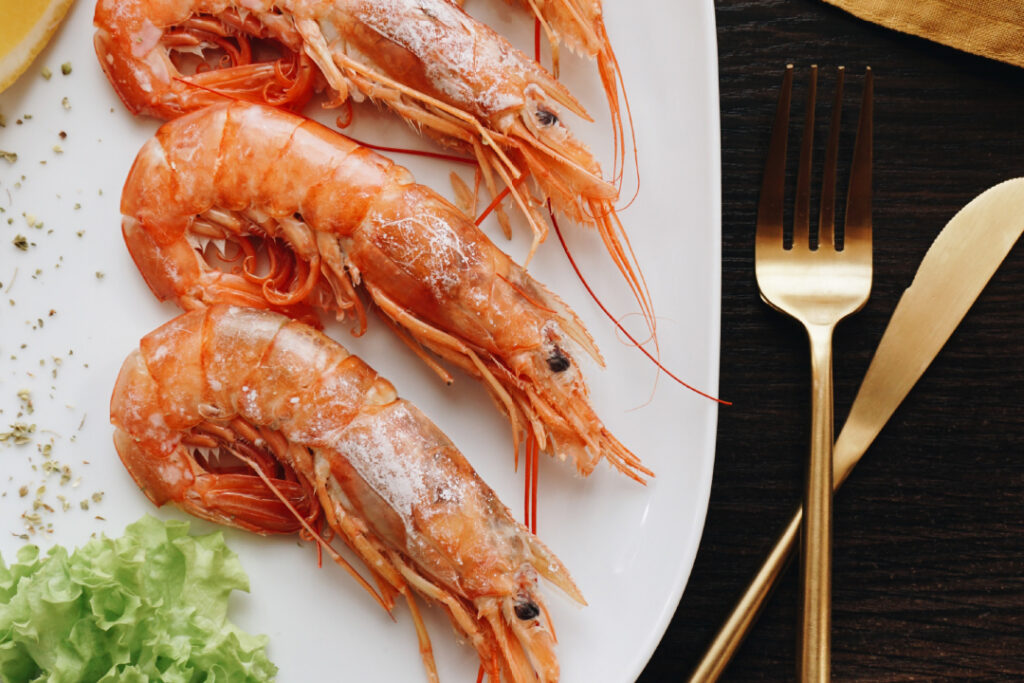NORA made a grant in 2006 to a pilot project involving size-sorting of prawns aboard trawlers. The project resulted in the use of sorting grids that allow 80% of undersized prawns to be removed from the catch and thrown back alive.
The pilot project involved two phases, both funded by NORA. During the first, around the year 2000, initial trials using sorting grids on board a Canadian trawler were carried out. The second phase, in 2006, involved large-scale trials of sorting grids in a test tank and in the field on board Canadian and Greenlandic trawlers.
Havstovan, the Faroese marine research institute, and Vónin, a Faroese developer of fishing gear, ran the project.
Kristian Zachariassen, a navigator and trawling specialist who represented Havstovan in the project, describes the trials as a huge success.
“We developed a grid concept that was a highly efficient way to sort prawns by size. The primary goal was to remove small prawns during hauling, of course, but almost as important was to make sure the grid didn’t have an economic impact by preventing larger prawns from being hauled,” he says.
In the fishing industry, ships almost always go after the largest fish. Economically, this makes most sense: it means ships can utilise their
allocated quotas optimally, since bigger fish and marine animals tend to be more valuable and less labour-intensive. In a biological sense, and when it comes to stock-management and sustainable harvesting, it generally makes most sense to catch the largest specimens, since they tend to be oldest.
All this was the foundation for the pilot project, but an unexpected significant increase in the price of small prawns (also known as industrial prawns) has meant that size-sorting grids have yet to become widespread in commercial prawn fishing.
